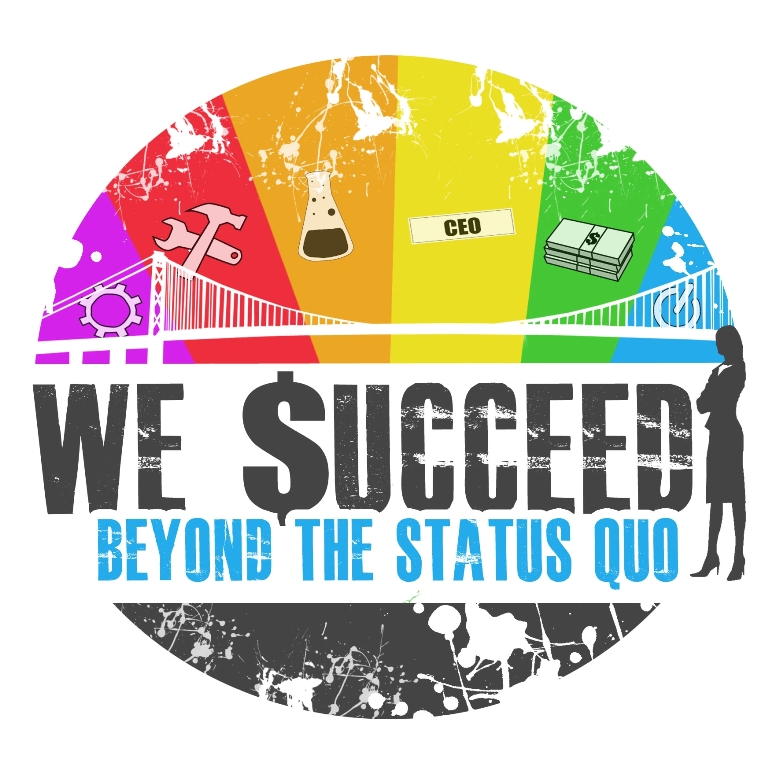According to the Womensphere Foundation, women hold less than 25% of STEM jobs in the United States alone. According to Gail Smith, Executive Director of Skills Canada, less than 3% of skilled trade workers are women. In the U.K., women were only 12.3% of the workforce in all science, technology and engineering occupations, including health and skilled trades in 2008. With that said, it is evident that there is a widening gender gap in the fields of science, technology, engineering, and mathematics (STEM).
However, it is not lack of aptitude in math or science that has resulted in underrepresentation of women in the STEM-related fields. Most research studies assert that girls score just as well as boys in secondary schools, but are still less likely than men to seek a career in science, technology, engineering or math. The reasons range from lack of female role models and support in these fields to gender stereotyping.
In a press release, Maggie Philbin, former host of popular British science and technology TV show Tomorrow’s World, said, “Never underestimate the power of role models. If young women can see a career path which has been enjoyable and rewarding for another, they are more likely to follow it themselves. It’s so frustrating to see teenagers using technology naturally and creatively, seemingly unaware that they could play a key role in shaping the way we use technology in the future.” As explained, without inspirational role models, most females cannot find the support nor the encouragement in pursuing the career they seek. For this reason, in increasing the number of role models as well as in breaking down the gender stereotypes, we, as a society, are able to engage more women in the skilled trades and the STEM-related fields. So, why is this so important?
Think about the invention of the light bulb, computers, and airplanes, and how they have revolutionized how we live. Think about the discovery of penicillin and its impact on disease. In a similar way, STEM changes the world and shapes our future. WE Succeed: Beyond the Status Quo wants more women changing our world and creating our future.
Through STEM, we can solve many problems plaguing our world – from discovering sustainable sources of energy, to finding the cure for cancer, to filtering drinking water. We need more women participating in solving these problems. The economic development of a nation relies upon innovation. Investing in expanding the human capacity behind STEM is critical to innovation. Thus, to unleash innovation and economic development in countries around the world, it’s important to invest in having more women participate in innovation and in STEM.
Also, the skilled trades are intrinsically rewarding. Exploration “out in the field” – whether in mountains, or underwater, or in the deep skies, the pursuit of understanding the complexity and richness of the truth through science and mathematics, the thrill of solving important problems through engineering, innovation, and the invention of new technologies are all given opportunities. All of these possibilities – and more – await women and girls who pursue careers and leadership within STEM fields as well as the skilled trades. In the end, as John E Lewis once wisely stated, “If not us, then who? If not now, then when?”
Sara Omaiche
